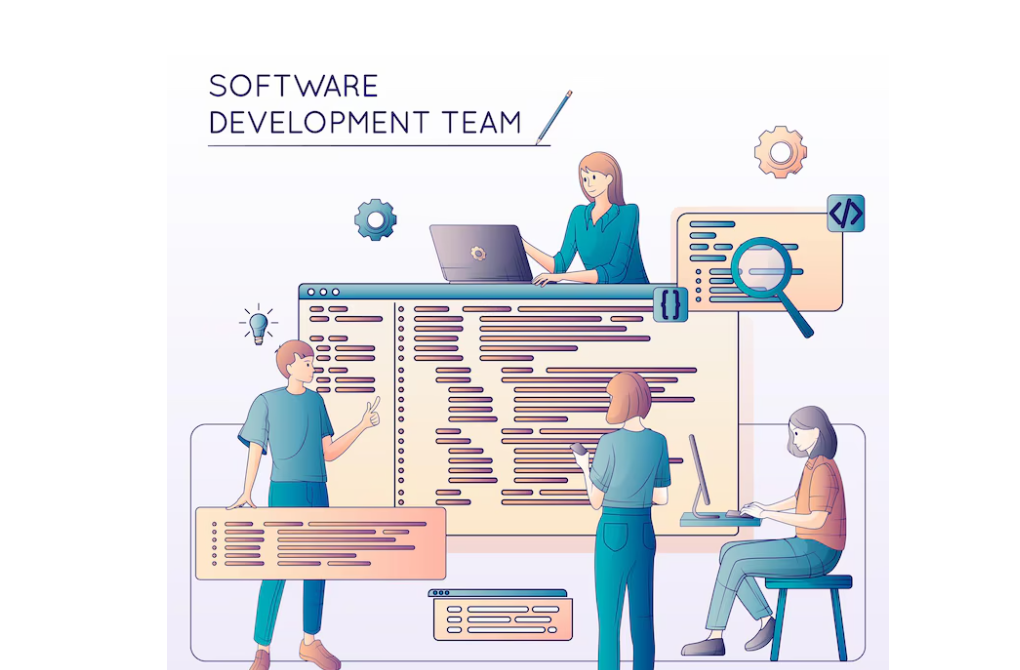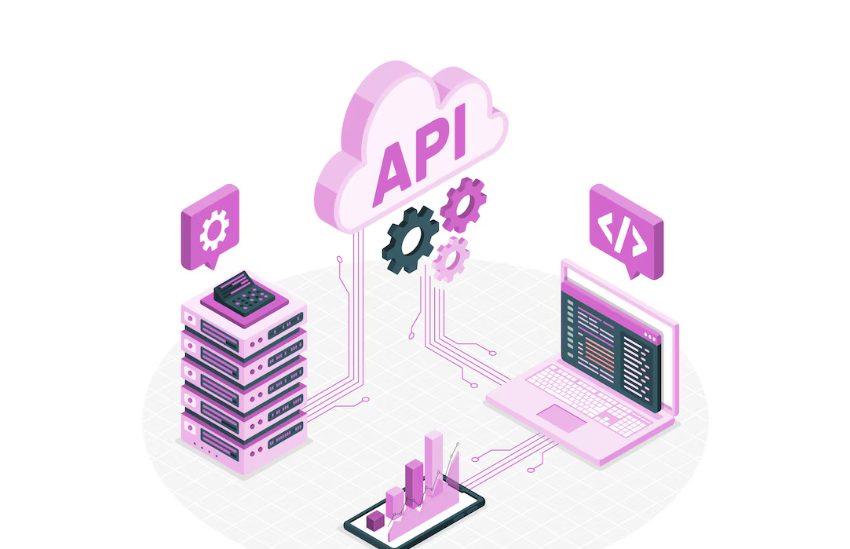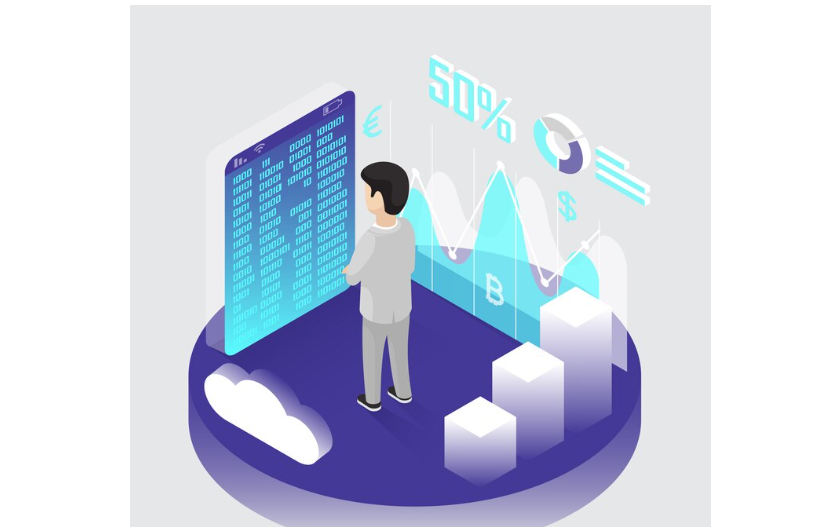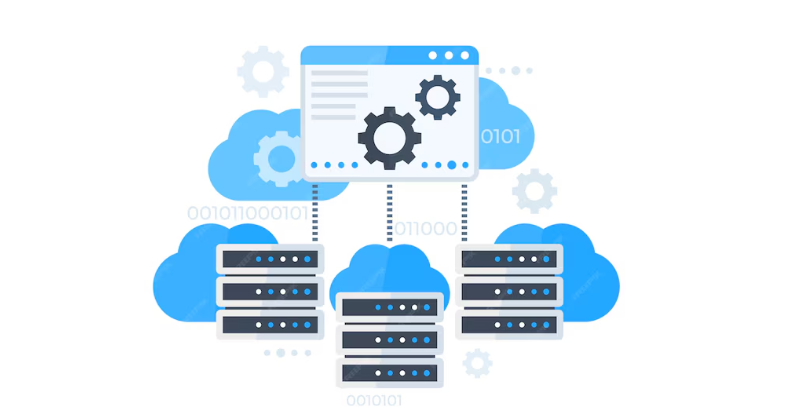The process of developing, testing, and maintaining software services and solutions that satisfy stakeholder, customer, or user expectations is known as software development. So What are software development methodologies? The roles, responsibilities, actions, and deliverables of the software development team are defined by software development methodologies, which are frameworks or models that direct the software development process.
The ten most popular software development approaches like Agile, and Scrum will be covered ten in this article.
What Is Software Development Methodology?
The term “software development methodology” describes the organized procedures used in project work. It is a synthesis of pragmatic realism and design principles that date back to the early days of computing.
What are software development methodologies and what are the software development methodology’s goals?
Software development approach gives developers a way to collaborate more effectively as a team. It establishes guidelines for information sharing within the team and formalizes communication.
These days, a lot of IT firms concur that using a software development approach is essential for their staff. Still up for debate, though, is which approach is the most effective. The reason is that there isn’t one. Every methodology has advantages and disadvantages.
The goals, requirements, and structure of the team all affect how well one performs. Additionally, multiple software development approaches can be applied to different projects.
Overview of the Agile Development Methodology
One of the most widely used software development approaches nowadays is undoubtedly agile. It employs a different strategy than the traditional, linear method. Agile places more emphasis on user satisfaction than it does on strict procedures and documentation.
Agile divides work into brief sprints that take one to four weeks to finish. Several tests are conducted as the development process advances in this iterative methodology. Customers’ feedback is constantly sought by developers, who then make adjustments to the software.
Agile places a high value on communication, especially among users, developers, and clients.
Waterfall Development
Even though the Waterfall methodology was initially utilized decades ago, several projects still use it today. Development stages are organized into sequential, cascading processes using this straightforward, linear approach.
For teams with minimal design knowledge, the Waterfall development process is popular since it is simple to understand. Before going on to the following step, each one must be finished. For instance, before design can start, all needs must be determined.
This method has no turning back, much like a waterfall that only runs in one way. Because of this, waterfall is a rigid approach that should be avoided for projects whose requirements change frequently.
Lean Development Methodology
Lean development is born out of the lean manufacturing principles of Toyota. It focuses on minimizing wastage and increasing productivity. With the guiding principles, developers avoid non-productive activities while delivering quality in their tasks.
The Toyota-inspired methodology also emphasizes continuous learning and deferment of decisions. It empowers teams to keep an open mind during the course of development and consider all factors before finalizing a decision.
With the Lean methodology, developers are tasked to identify bottlenecks that could hamper the process. The goal is to establish an efficient system that works flawlessly. The methodology also emphasizes human respect, which means communication is key to enhancing team collaboration.
Scrum Development
Scrum is perhaps one of the most adaptable approaches to software development in the entire What are software development methodologies answer. It is preferred for its incremental and iterative methods and is founded on the Agile philosophy. The Development Team, Scrum Master, and Product Owner are all involved in the Scrum approach.
The product owner solicits feedback from the client and makes sure the team is meeting the client’s needs. In the meantime, the Scrum Master facilitates the team and makes sure everyone is conversant with the Scrum methodology. The group is in charge of carrying out the development.
Methodology for Developing Prototypes
The prototype approach enables developers to work on the prototype version of the finished product rather than creating full-fledged software. After that, the prototype is made accessible for testing, review, and input from customers.
The prototype undergoes multiple cycles of development based on the input received until the consumer finds it satisfactory. The prototype approach’s rigorous review, which identifies potential problems before actual development starts, is what makes it appealing.
The effectiveness of this strategy depends not just on the development team but also on how effectively they interact with the clients while doing the test. It’s also important to note that the developers frequently pay for the prototype’s construction.
Methodology for Rapid Application Development
Since its introduction in 1991, the Rapid Application Development (RAD) methodology has been the cornerstone of contemporary iterative frameworks. Its main goal is to produce goods in a significantly shorter amount of time without sacrificing quality.
- The four-step RAD framework is defended.
- The project specifications, testing, implementation, and prototyping.
In contrast to linear models, RAD places a strong emphasis on creating prototypes based on the specifications and testing them with the client. Until the client is satisfied with the outcome, this is accomplished through several iterations.
Methodology for Dynamic Systems
Many of the concepts in the Rapid Application Development framework are carried over into the Dynamic System Model. The timely delivery and alignment of project objectives with business requirements are the goals of this improved software development approach. The functional model, design and build, implementation, feasibility, and business study are its four iterative stages are all come under the answer of what are software development methodologies.
Feedback from end users is heavily incorporated throughout the process. This lowers the possibility of deviating from the project’s objectives and specifications. Additionally, the Dynamic Systems Model has thorough documentation, something that most Agile frameworks do not have.
Methodology for Feature-Driven Development
FDD, or feature-driven development, is an Agile-based software development process. Its objective is straightforward: to avoid misunderstandings that result in expensive rework. FDD is sometimes misinterpreted as emphasizing every program feature. It’s not.
Feature-driven development divides development tasks into a list of features for the overall model. Developers go through planning, designing, and building iteration for every feature. A feature should normally be completed in no more than two weeks.
For every activity specified as a feature, FDD produces immediate, significant effects. Large teams are the target audience for this method, which uses thorough documentation to convey knowledge.
Methodology of the Rational Unified Process (RUP)
A software development technique called the Rational Unified Process (RUP) was created to accommodate the various requirements and intricacies of each software project.
- RUP is extremely regimented and separates the development process into four discrete phases, in contrast to the more adaptable Agile methods.
- Beginning, developing, building, and transitioning.
The name of the RUP approach says everything. It is a highly methodical methodology that guarantees meticulous documentation and exacting development procedures. The RUP approach can be especially helpful if your software development projects are complicated, include a lot of stakeholders, and need to be monitored closely and progressed methodically.
Methodology for Adaptive Software Development (ASD)
Flexibility and learning via an iterative cycle of speculation, cooperation, and learning are central to the Adaptive Software Development (ASD) software development technique.
These three serve as the methodology’s cornerstones and enable it to flourish in unpredictable and rapidly changing contexts. The ASD technique is therefore a good option for startups that want to innovate rapidly. ASD is all about real-time adaptation to changing requirements, as opposed to traditional approaches that mostly focus on rigorous planning and control.
Summary
Methodologies for software development offer a structured way to create apps and software. They have been around since the beginning of programming and are still essential for contemporary developers.
Over the years, different approaches have been developed, but none have outperformed the others. Your team’s structure, experience, project requirements, objectives, budget, and other underlying considerations all play a role in selecting the best software development approach. Hope you find the What are software development methodologies answer helpful comment back to us and share your opinion through the comment section.





1 Comment